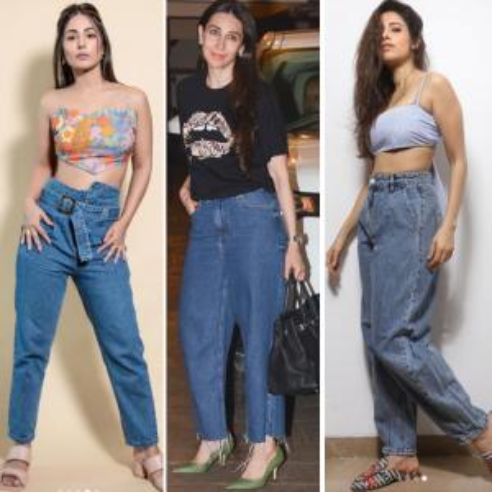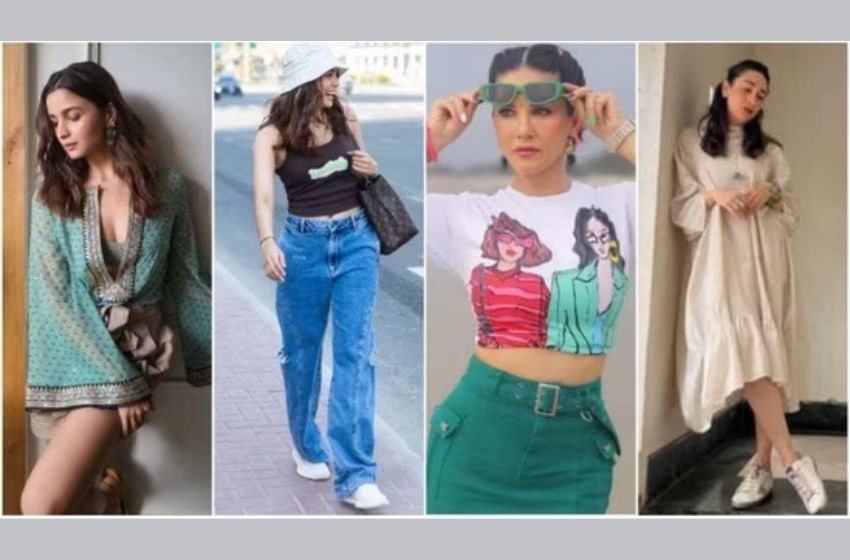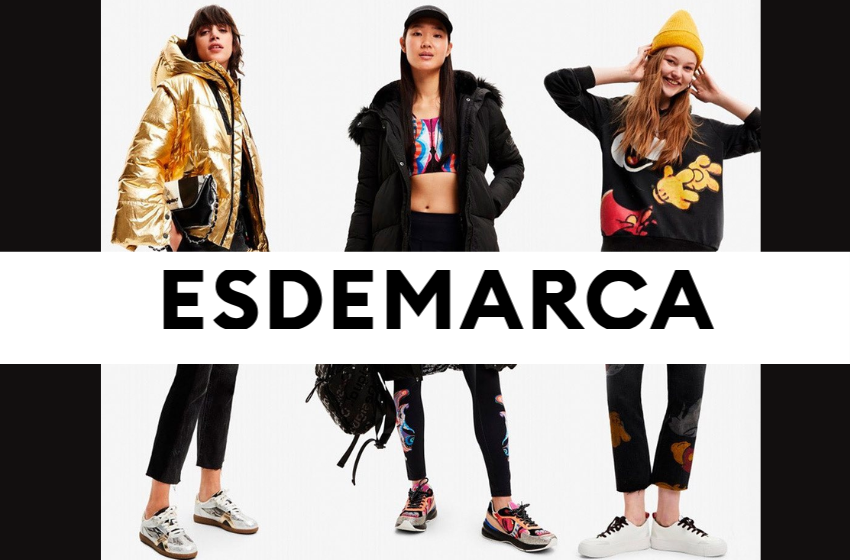
Introduction to Fashion Weeks and their History
Fashion weeks are highly anticipated events in the fashion industry that showcase the latest collections from top designers and brands. These events not only set the tone for upcoming fashion trends but also serve as a platform for designers to display their creativity, innovation, and vision.
The concept of fashion weeks dates back to the 19th century when Charles Frederick Worth, considered the father of haute couture, organized a showcase of his designs in Paris.
History of Fashion Weeks
In 1943, during World War II, New York City’s garment district was cut off from Parisian fashion due to travel restrictions. To boost American designers’ morale and promote homegrown talent, publicist Eleanor Lambert organized “Press Week,” which featured runway shows by American designers. This event was a huge success and paved the way for future fashion weeks in New York.
By the late 1950s, other major cities such as London and Milan had also started hosting their own fashion weeks. In 1975, French fashion organization Fédération de la Haute Couture et de la Mode formalized Paris Fashion Week by creating a centralized location for all designer shows.
The Role of Fashion Weeks in Setting Trends
Fashion weeks have become the ultimate stage for designers to showcase their latest collections and set trends for the upcoming fashion season. These events, which take place twice a year in major fashion capitals such as New York, London, Milan, and Paris, attract industry professionals, celebrities, influencers, and fashion enthusiasts from all around the world.
The primary purpose of fashion weeks is to present designers' new designs to buyers and media outlets. However, these events also play a crucial role in shaping the trends that will dominate the fashion industry in the coming months. From street style to high-end couture, fashion weeks are where designers unveil their creative vision and influence what we'll be wearing next.
One of the main ways in which fashion weeks impact trends is through runway shows. Designers carefully curate their collections to reflect their vision and aesthetic for the season. They often incorporate bold colors, unique silhouettes, and innovative techniques that catch the eye of attendees and create buzz on social media platforms. As these designs hit runways one after another during a show or presentation, they set off a chain reaction among attendees who start predicting which pieces will become popular among consumers.
Another significant aspect of fashion weeks is street style. Attendees not only come to see designer shows but also use this opportunity to showcase their personal style through outfits they wear during these events. Fashion bloggers and influencers often attend multiple shows per day dressed in trendsetting ensembles that get photographed by paparazzi or featured on various digital platforms.
The Process of Trend Forecasting
Trend forecasting is an essential part of the fashion industry, as it helps designers, retailers, and consumers anticipate the upcoming trends and stay ahead of the game. It is a complex process that involves analyzing various aspects of society, culture, and consumer behavior to predict what styles and designs will be popular in the future. In this section, we will delve into the process of trend forecasting and how it plays a crucial role in shaping upcoming trends.
1. Research: The first step in trend forecasting is conducting extensive research. Trend forecasters gather information from a variety of sources such as street fashion, social media platforms, trade shows, magazines, blogs, and more to identify emerging patterns in dressing styles. They also keep an eye on music videos, TV shows, movies and celebrity outfits to understand what influences people’s fashion choices.
2. Analyzing Data: Once enough data has been collected through research, trend forecasters analyze it to identify common themes or styles that are gaining popularity. They look for similarities in colors used, silhouettes chosen by designers or brands across different collections. This analysis helps them make predictions about which trends are likely to continue into the next season.
3. Identifying Influences: Trends don't just appear out of nowhere; they are influenced by various factors such as economic conditions, political events or cultural movements happening around us. Trend forecasters try to pinpoint these influences as they help explain why certain styles become popular at a particular time.
Influence of Designers and Brands on Trend Forecasting
In the constantly evolving world of fashion, trends are not just created out of thin air. They are carefully predicted and shaped by a variety of factors, including the influence of designers and brands. As we dive deeper into understanding the process behind trend forecasting, it is important to explore how these influential figures play a crucial role in shaping upcoming trends.
Designers have always been at the forefront of innovation in the fashion industry. Their creative vision and unique design aesthetic set them apart from others and make them highly sought after by consumers. As trend forecasters, they have their finger on the pulse of what's happening in the industry and use their expertise to predict what will be popular in the upcoming seasons. This makes them an invaluable resource for trend forecasting.
One way designers influence trend forecasting is through their runway shows during fashion weeks. These events serve as a platform for designers to showcase their latest collections and often set the tone for what will be deemed fashionable in the months to come. The colors, fabrics, silhouettes, and overall themes presented on the runway can heavily impact future trends as other brands and retailers take inspiration from these shows.
Additionally, designers also have a strong presence on social media platforms like Instagram where they share sneak peeks of their upcoming collections or post images from their runway shows. This allows them to reach a wider audience and influence even more people with their designs.

The Evolution of Fashion Weeks in the Digital Age
The fashion industry has always been known for its ever-evolving nature, constantly adapting to new trends and styles. And just like the fashion itself, the way it is showcased has also undergone tremendous changes over the years. In recent times, one of the biggest shifts in the fashion world has been the incorporation of technology in every aspect of the industry. From virtual runway shows to live streaming events, technology has revolutionized fashion weeks and how they are experienced by both designers and audiences.
The first-ever digital fashion week can be traced back to 2001 when Alexander McQueen live-streamed his show online. It was a groundbreaking move that paved the way for other designers to follow suit. However, it wasn’t until recently that technology truly transformed how we experience fashion weeks.
One of the major changes brought about by technology is accessibility. With physical attendance at these events being limited to celebrities and industry insiders, only a select few were able to witness these glamorous showcases firsthand. But with live streaming becoming more prevalent in recent years, anyone with an internet connection can now tune into these shows from anywhere in the world.
Conclusion: The Enduring Impact of Fashion Weeks on the Industry
Fashion Weeks have been a cornerstone of the fashion industry for decades, and their enduring impact on the industry cannot be denied. These bi-annual events bring together designers, buyers, influencers, and fashion enthusiasts from all over the world to showcase the latest collections and set trends for the upcoming seasons.
One of the key ways in which Fashion Weeks shape upcoming trends is through setting the tone for what is considered fashionable. The runway shows at these events feature highly curated collections that reflect not just individual designer styles, but also overarching themes and concepts that are deemed trendy by industry insiders. From color palettes to silhouettes, these shows dictate what will be seen as fashionable in the months ahead.
Moreover, Fashion Weeks also serve as a platform for emerging designers to gain exposure and establish themselves within the industry. The presence of influential editors, stylists, and celebrities at these events can catapult a relatively unknown designer into stardom overnight. This not only helps in shaping new trends but also ensures a constant influx of fresh talent into the fashion world.
But it's not just about setting trends – Fashion Weeks also play a crucial role in determining what sells in the market. Retail buyers attend these events to place orders for their stores, based on what they see on the runways. By doing so, they essentially dictate what consumers will be able to find on store shelves in months to come. This means that designers must meet buyer demands if they want their collections to succeed commercially.



